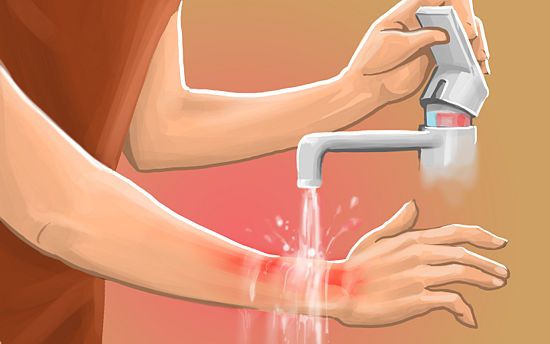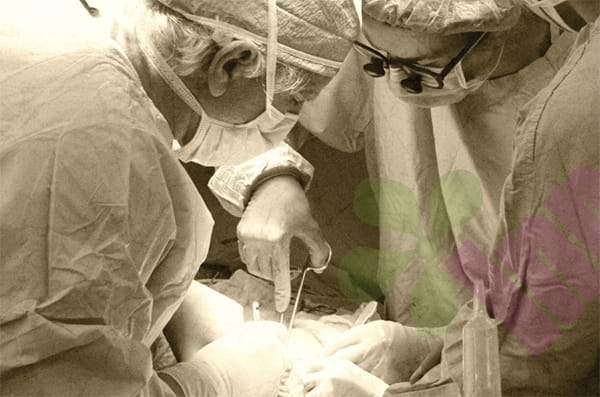Skin and soft tissue injuries are common wound problems in daily life. Below, I will introduce in detail the various classifications of skin and soft tissue injuries and their corresponding treatment methods to help you make appropriate judgments when facing different types of wounds.

How to properly treat open wounds?
Before treating the wound, first observe its size, depth, amount of bleeding, and the presence of foreign matter. For minor, superficial wounds, self-care is acceptable. For deeper, larger wounds or uncontrolled bleeding, seek medical attention immediately. Treatment steps: Thoroughly rinse the wound with running water or saline to remove dirt and bacteria, then disinfect with iodine tincture. Cover with an appropriate dressing based on the wound's condition. Of particular note, puncture wounds, due to their small, deep incisions, are more susceptible to anaerobic infections, and tetanus vaccination should be administered if necessary.
Closed injuries :
Although closed injuries don't involve skin damage, proper treatment is crucial. For the first 48 hours after injury, adopt the "protection, rest, ice, compression, and elevation" approach. When applying ice, wrap the ice pack in a towel and apply it for no more than 20 minutes at a time, repeating every 1-2 hours. Avoid applying heat, massage, or blood-stimulating medications during this stage, as these can worsen swelling and bleeding. After 48 hours, switch to heat to promote circulation and tissue repair. If persistent pain, significant swelling, or limited mobility occur after the injury, seek medical attention immediately.
Special wound management :
Burns are common wounds and are categorized by depth as first-degree, second-degree, or third-degree. First-degree burns affect only the epidermis, resulting in redness, swelling, and pain. Second-degree burns affect the dermis, causing blisters. Third-degree burns affect the entire skin layer and even the underlying tissue. Smaller first- and second-degree burns should be immediately rinsed with running cold water at 15-25°C for 15-20 minutes, followed by application of burn cream and covering with a sterile dressing. Hydrogel dressings can also be used, as they offer pain-relieving properties. However, chemical burns should be rinsed with plenty of clean water first, especially if certain chemicals require the removal of the powder before rinsing. Animal bites require particular attention to rabies prevention, requiring immediate rinsing with alternating soapy water and running water for at least 15 minutes, and timely tetanus vaccination.

Common misconceptions about wound care :
There are many common misconceptions in wound care that need to be avoided. Overuse of disinfectants such as alcohol and hydrogen peroxide can damage new tissue and hinder healing. The traditional concept of keeping wounds dry has been disproven by modern medicine, with a moderately moist environment now more conducive to healing. Frequent dressing changes can interfere with the healing process; generally, changing them every 1-3 days is sufficient. Avoid blindly using antibiotic ointments, as they can lead to drug resistance and should only be used under the guidance of a doctor.
For more information on Innomed®Hydrocolloid Dressing Ultra-thin, refer to the Previous Articles. If you have customized needs, you are welcome to contact us; You Wholeheartedly. At longterm medical, we transform this data by Innovating and Developing Products that Make Life easier for those who need loving care.
Editor: kiki Jia

 English
English عربى
عربى Español
Español русский
русский 中文简体
中文简体








